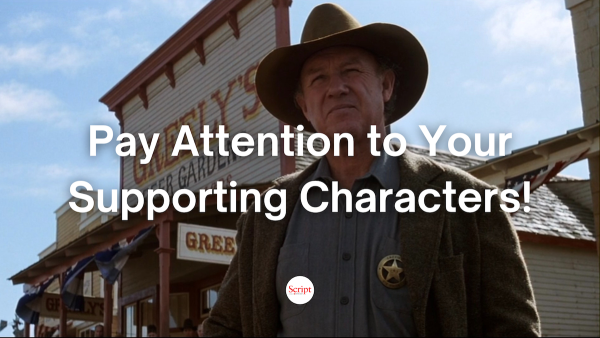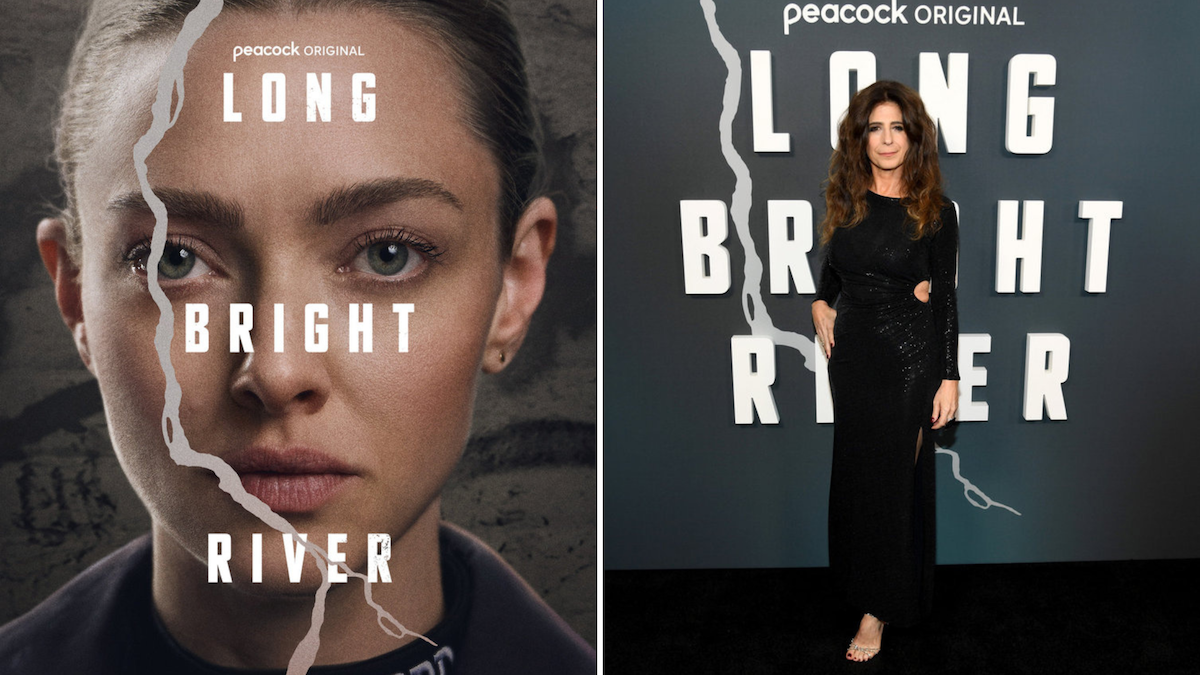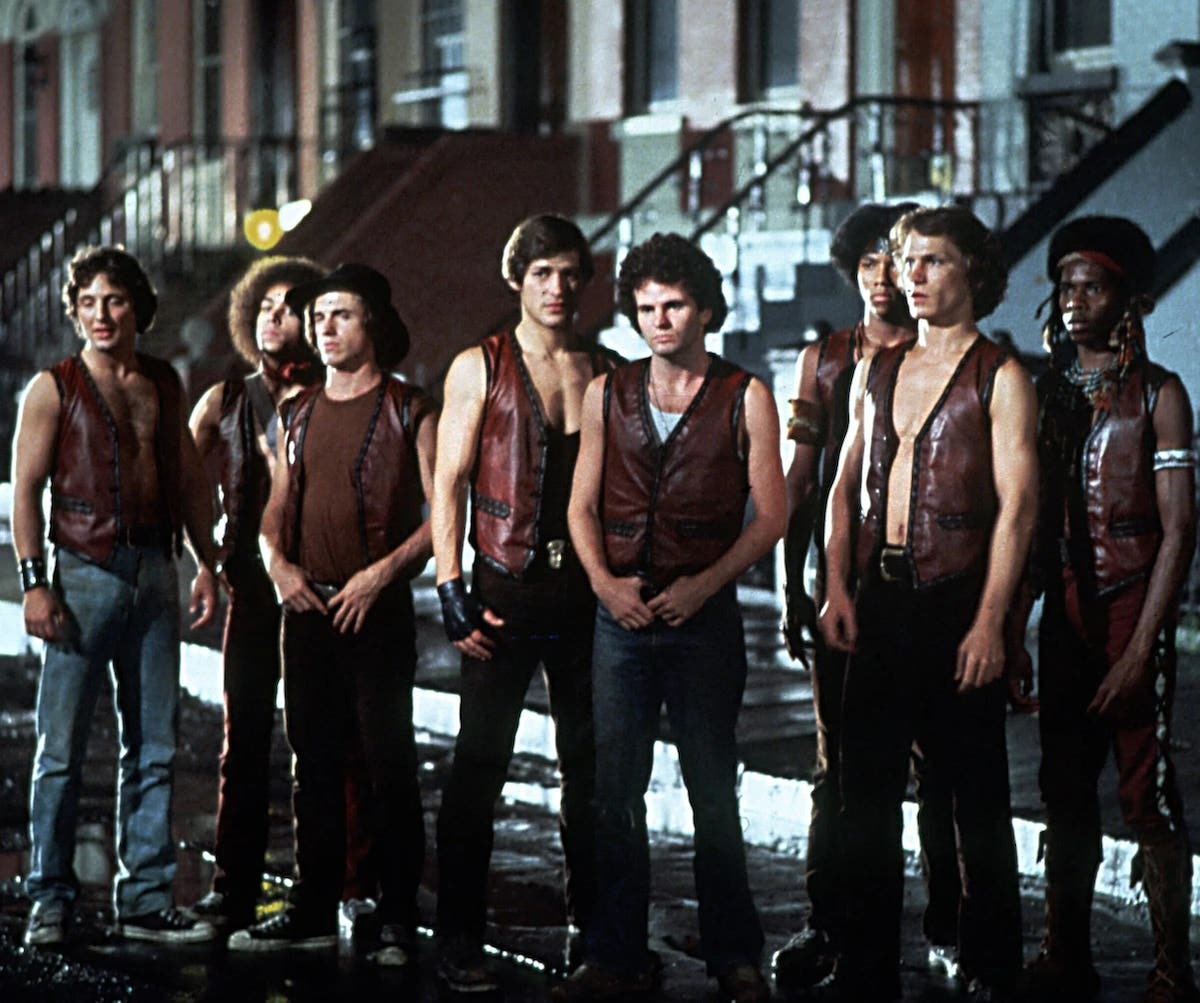Column D: Not So Ordinary – Setting Up the World of the Inciting Incident
Click to tweet this article to your friends and followers! In last month’s article, I wrote about the structural element known as the inciting incident and the irrevocable nature of…
In last month's article, I wrote about the structural element known as the inciting incident and the irrevocable nature of it in the main character’s life. As part of that, I advised that for maximum impact story-wise it should come between ten to eighteen minutes into the film/script these days.
In this post I want to introduce you to another structural element in the three-act screenplay, one that isn’t discussed very much, but one that is just as crucial to setting up your story as the inciting incident.
Here, we're talking about the first ten to eighteen pages of the script before the inciting incident. I've heard this period of the story referred to as the main character’s “ordinary world.” In other words, it's said that in these pages the writer must show the reader what the main character’s “world” is like before the inciting incident takes place. And that’s correct.
The reason for this is simple. If the inciting incident is supposed to change the main character’s life irrevocably, then we better have a pretty good idea of why that is. The only way to do that is to show enough of the main character's life before that event happens, so that we can appreciate it's importance in upsetting their life.
Apart from creating the inciting incident, I advise students that the writer must accomplish a number of other things when writing the first act. For instance, they must establish the time period of the piece. Likewise, they need to provide a setting where the story is taking place. It is essential also that the writer establish the tone of the story, so as to make clear what the genre is from the outset. Finally, the writer must also introduce all the characters who are going to play a significant role in the story.
Seems like an awful lot to have to do before the inciting incident, right? Well, for starters, introducing characters can happen over the course of the entire first act, up to and including the first act turning point. As for the rest of those things, notice how all of them help in some way to show what life is like for our main character when the story opens.
For example, to continue using the film Rocky, as I did in the previous post, at the very beginning of that film/script, we see the following:
(1) Rocky boxing a bum in a dingy athletic club;
(2) trying unsuccessfully to woo Adrian;
(3) failing as a leg-breaker for Gazzo;
(4) being ridiculed by Gazzo’s driver;
(5) living by himself in the squalor of a one-room apartment;
(6) having his locker taken away by the boxing trainer Mickey; and
(7) having his advice rejected by the neighborhood girl who might just grow up with a bad reputation.
All of this establishes time, tone and setting and introduces major characters, and all of it takes place before Rocky is offered a chance to fight against the reigning world champ at the biggest event in the country on New Year’s eve - the film's inciting incident. Having seen all that, we can immediately appreciate how this event “upsets the apple cart” in Rocky's life.
Similarly, go back and watch the beginning of Good Will Hunting and take note of all that is shown about Will's world before the judge forces him to meet with a therapist and be mentored by the MIT math professor. For the average MIT student, having a professor as a mentor and talking to a therapist might not be so upsetting. For a janitor who wants to hang out with his South Boston buds and hide his genius as he mops the hallways of MIT? Big stuff.
Obviously, not every one of those ten to eighteen pages that you write before the inciting incident will feature your main character. As I said earlier, there are other things that have to be established in the first act. However, even those scenes can be considered a reflection of your main character’s “world” before that inciting incident. So don’t feel as if you have to feature the main character in every scene before then.
Again, note with those examples I just gave how what happens in the main character’s life before the inciting incident makes it pretty clear just how difficult, if not impossible, it would be for the main character to ignore that event or try to live the same life after it happens. And that life-changing aspect is what makes for a great beginning in a three-act story.
One final note on this. I hate the use of the word “ordinary” when referring to this part of the script as the main character’s “ordinary world.” It implies that what you should show the reader is something ordinary. Again, in those examples I just gave, there's nothing “ordinary” about the lives of those characters. While it may be “ordinary” for them, as in status quo, it's not "ordinary" for you or me or the rest of the audience.
So it might be better if we refer to this portion of the first act as the main character’s “life before.” No need to say “before what.” That becomes crystal clear once you present the inciting incident.
Related Articles:
- More Column D articles by Drew Yanno
- Specs & The City: Inciting Incidents and 'Back to the Future'
- Column D: Screenplay Structure - Upset the Apple Cart
- Jeanne's Tuesday Screenwriting Tips: Writing the First Draft
Tools to Help:
- The Third Act: Writing a Great Ending to Your Screenplay
- From Idea to Story to Screenplay webinar with Drew Yanno
- Story by Robert McKee
- The Essential Elements of Screenplay Structure: Get Your Story Straight
- The First 10 Pages webinar with Jacob Krueger
Need Help Outlining Your First Draft? Get our FREE Story Structure Tips Download
Drew Yanno began writing for film in 1993 and has been a member of the WGA since 1995 when he sold his script No Safe Haven to Universal Studios after a six hour bidding war. In 2000, Drew founded the screenwriting program in the Film Studies department at Boston College where he taught for eleven years. He is the author of The Third Act: Writing a Great Ending to Your Screenplay. His second book Idea to Story to Screenplay: a Workbook For Writing the First Draft of Your Screenplay is now available as a Kindle e-book on Amazon. Drew’s first novel In the Matter of Michael Vogel was released in March 2013 and was named one of the best Kindle Books of 2013 by Digital Book Today. In addition to writing and teaching, Drew also worked as a script consultant and served as an adviser to actor and producer Will Smith on a number of projects. Prior to becoming a screenwriter and screenwriting professor, Drew was a practicing attorney and taught law in the Carroll School of Management at Boston College. Follow Drew on Twitter @drewyanno.





